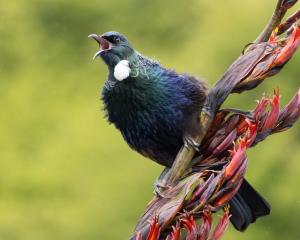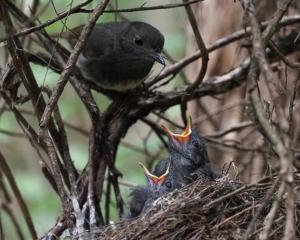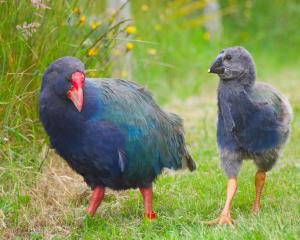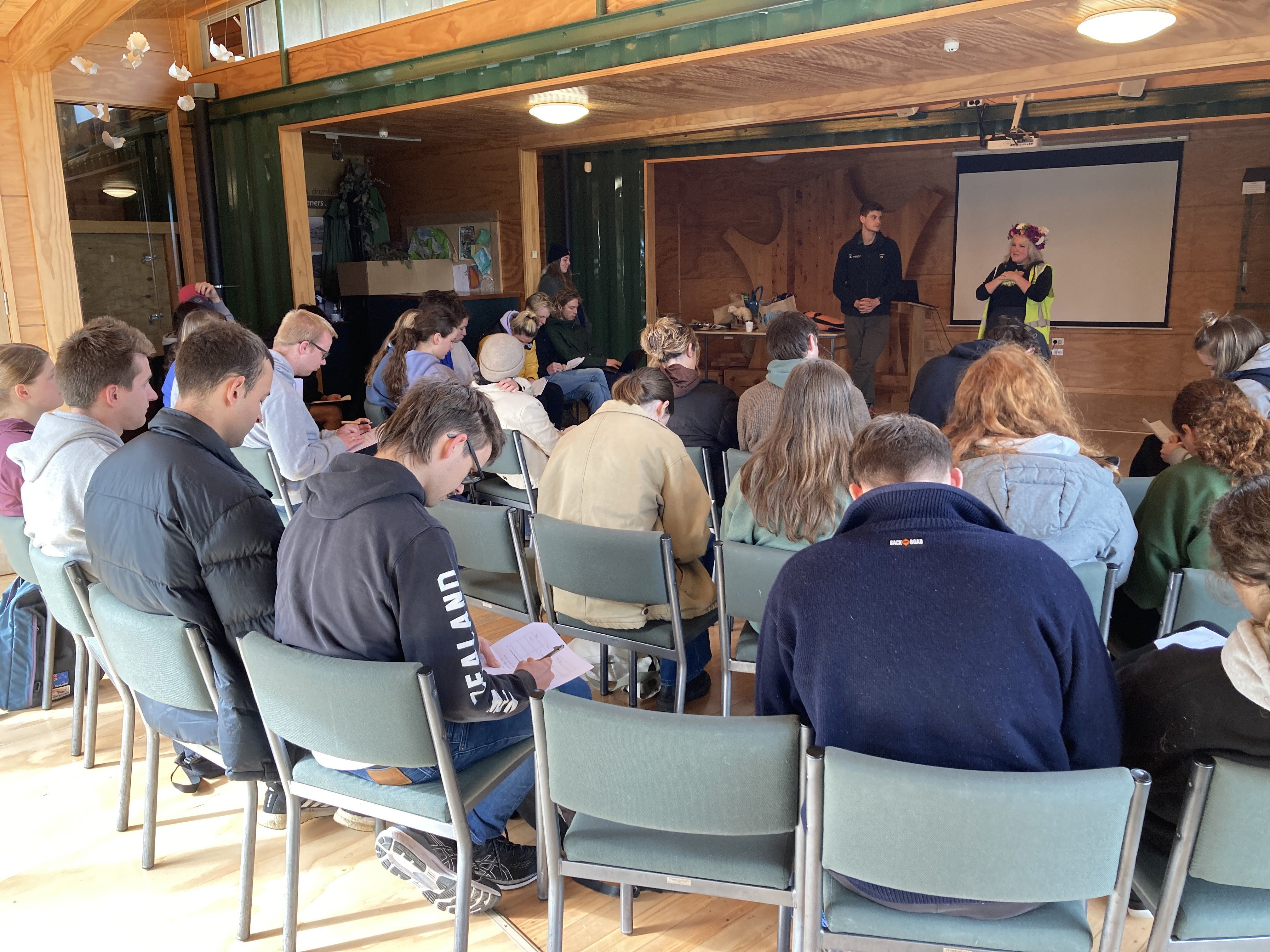

On the day of my visit I joined a group of third-year geography students who, as part of their course, were listening to a presentation by Mackenzie and Davies-Colley, followed by a detailed tour of the sanctuary. These days, geography at tertiary level includes a wide range of options going well beyond the understanding of physical geography: papers on ecology, societal challenges such as inequality, envisioning sustainable cities, environmental planning and policy, resource management are all on offer in the context of geography. Courses aim to combine practical skills with theoretical learning.
Visiting Orokonui is a field trip that contextualises much of what they are studying. That context includes not just the multiple challenges of conservation and forest restoration, but also the financial challenges. They were told that where the ecosanctuary used to cover 60% of its running costs from visitor income, post-Covid that has dropped dramatically to about 30% — a problem shared, of course, with other wildlife projects. Overseas visitors have been absent, while the numbers, spending and business confidence of locals and sponsors, inevitably, have also been down.
But financial concerns are not just because of the pandemic, difficult as the present situation is. It is a sad irony that the increasing numbers of groups around New Zealand that have taken up the aspirational goal of "predator free 2050" now find themselves in competition for contestable funding that does not increase to match the costs involved, despite the largely volunteer input of most projects.
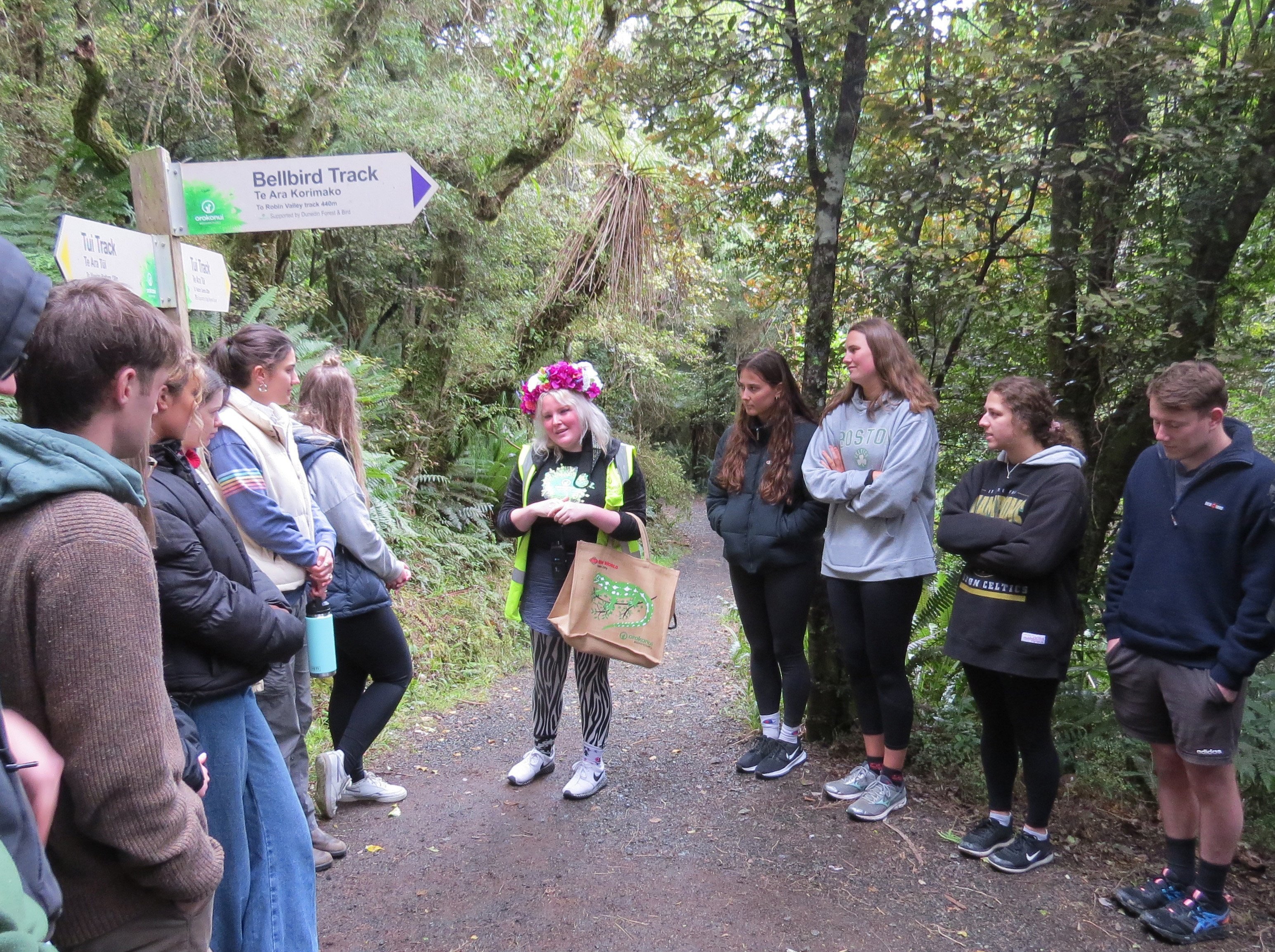
Davies-Colley explained for the students the problems that arise from the interaction between the safe area inside the fence and the environment beyond. Trapping outside is vital, as the fence is continually under attack by predators beyond it that sense the great food supply within. Yet, despite all the careful monitoring, the fence has not always been inviolable. Some years ago invasion by stoats led to the complete loss of the tieke/saddleback population. Other reintroduced birds such as kaka and toutouwai/robins, which fly well beyond the sanctuary, are not safe from predators — especially if they attempt to nest outside it. Kaka have fallen victim to accidents from the human environment, such as electric wires, water tanks, "kind" humans feeding them the wrong foods and, on occasion, by poisons in poorly-designed possum traps. Further, climate change, bringing potentially catastrophic rainfall and slips, as recently seen in Nelson, may threaten the fence itself and hence the safety of the creatures within. Such dangers, present and future, are in themselves important reasons to involve the wider community.
After a tour of the sanctuary itself, the geography students were enthusiastic about what they had seen. Whether observing the astonishing regeneration of the forest, or meeting rare wildlife for the first time, visitors are usually delighted with the richness of their experience. That rather grey, sunless day kept the tuatara and skinks hidden under their rocky shelters; nor were the takahe visible, because they were sitting on eggs, a promise that has since been fulfilled — they have successfully hatched two chicks, soon to delight this summer’s visitors.
Yet, as Davies-Colley pointed out, the environmental success of the project cannot be judged just by its achievements thus far. The work is not done. Ultimately, success would be if Orokonui became surplus to requirements and the fence no longer necessary because our wildlife would be flying free and safe all around us. The ecosanctuary would have been just a first step along the path to that goal.
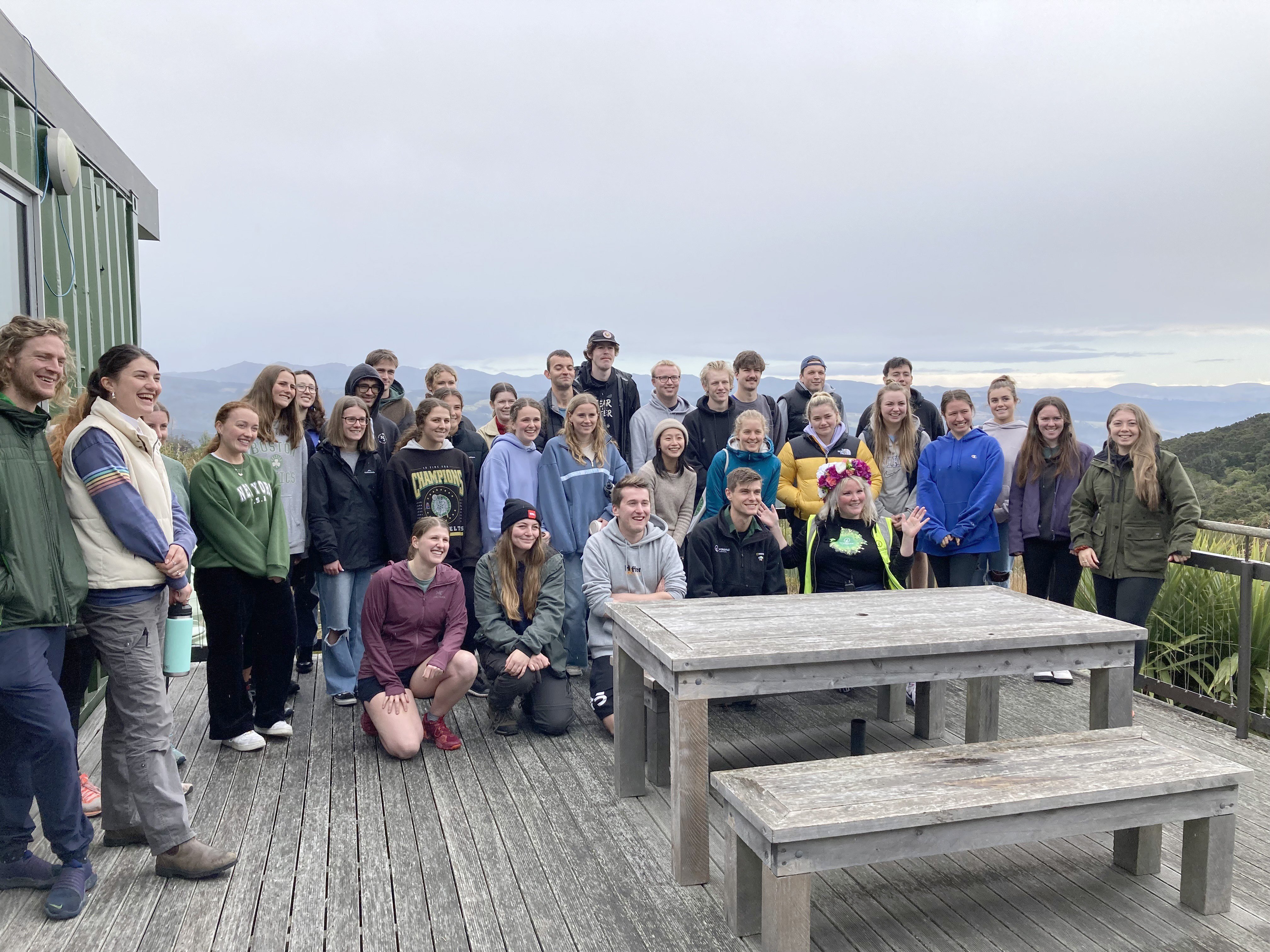
At the end of the tour I asked some of the students what their career aspirations were. Many of these were a surprise to me: outdoor education, environmental law, mine restoration, freshwater resources, groundwater management and conservation, ranger, hydrological consultation, iwi law and conservation. Suddenly I understood much more clearly the potential impact of the third goal of the Orokonui project — beyond conservation and restoration — environmental education.
As Davies-Colley put it, even in these financially straitened circumstances "not doing the education is not an option".
Alyth Grant is a volunteer at Orokonui.





